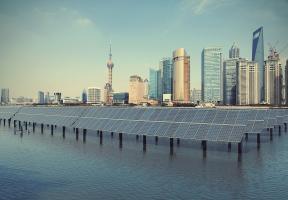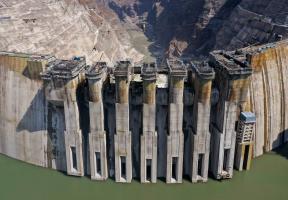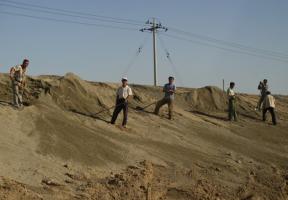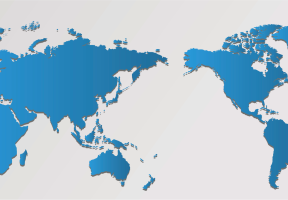The IPCC Report on Land
5 min read
The Intergovernmental Panel on ’s second special report1 was prepared by 107 scientists from 52 countries. It was the first time a majority (53%) of the authors of an IPCC report came from developing countries. Women accounted for 40% of the lead authors.

© PETER PARKS / AFP - Forest fire in the State of New South Wales, in the south-east of Australia, in January 2020. Deforestation - accidental or caused - reduces the capacity of soils to capture CO2.
Soil Is Facing a Dual Challenge.
The Earth’s ice-free land surfaces are indispensable for feeding humanity and curtailing CO2 emissions. But the planet’s soils are under pressure from two fronts: human activities (farming, livestock breeding and deforestation) and (coastal erosion, storms and fires). There are solutions to these problems, however, with the IPCC report proposing around 40 useful measures. It is now up to each country to choose and make decisions.
Soil Helps Fight Climate Change.
Between 2007 and 2016, 29% of total human-induced CO2 emissions were absorbed by soil and vegetation. Plants and trees need carbon dioxide to grow leaves, trunks and roots through . Carbon slowly seeps into the soil, where it can be stored for long periods of time. The top meter of the Earth’s soil contains three times more carbon than the entire atmosphere. Humans use nearly three-quarters of the global land area. Around 25% of this surface is degraded by man-made activities, so it is imperative that we protect it.
Forests Play a Crucial Role.
They store nearly 45% of total terrestrial carbon. But due to human activity and fires, especially in tropical regions, deforestation is on the rise. Between 2015 and 2018, the rate of forest loss was 63% higher than during the 14 previous years. Total forest area decreased by 3% between 1990 and 2015. Wetland and peatland degradation are also hampering the land’s ability to capture carbon.
Agriculture and Livestock Generate Emissions.
Agricultural soils produce nitrous oxide via fertilizers, while livestock animals emit methane through grazing. Land use change in favor of urban development also increases the concentration of CO2 in the atmosphere by impairing soil quality. Agriculture accounts for 23% of total anthropogenic (human-induced) greenhouse gas emissions. The rest come from energy production, manufacturing, transportation and housing. Yet, for now, the planet’s soils absorb more greenhouse gases than they emit.
Global Warming Undermines Food Security.
The temperature of the Earth's land surface (excluding ice) is rising faster than the temperature of the planet as a whole (including oceans), averaging out at increases of 1.7°C and 1°C, respectively. The growing number of droughts is leading to smaller harvests in some areas and creating risks of water shortages in arid regions. The report stresses that at global warming of 2°C, food security risks would be very high.
Food Waste and Crop Loss Are Major Problems.
Extreme climate events caused by global warming have reduced worldwide cereal harvests by approximately 10% over the past few decades. And it gets worse. According to the report, crop loss, food loss and food waste amount to more than 25% of total food produced. Reducing loss and waste is critical to ensuring sufficient food supply.
Livestock and Rice Are Big Methane Producers.
Nearly 50% of total emissions of methane (a greenhouse gas like CO2) come from ruminants and rice paddies. While there is a tendency for CO2 emissions to stabilize (albeit at levels that are clearly too high), methane emissions from agriculture are now 1.7 times greater than in 1961. Rice cultivation, almost entirely in Asia, accounts for almost 25% of agriculture methane emissions.
Meat Consumption Must Be Reduced.
Meat consumption has more than doubled across the world over the past 60 years. Yet the production of animal proteins is a major emitter of greenhouse gases in different ways (feed production, cattle rumination, land use, etc.). The IPCC is formal that reducing meat consumption is a key factor in reducing the environmental footprint of food, especially in countries where consumption is higher than the recommended nutritional intake. It is therefore beneficial to favor diets based on plant-based foods, such as coarse grains (barley, oats, rye, millet...), legumes (lentils, beans, chickpeas...), fruit, vegetables and seeds.
Sources:
- See IPCC summary - https://www.ipcc.ch/site/assets/uploads/2019/08/2019-PRESS-IPCC-50th-IPCC-Session_fr.pdf






















